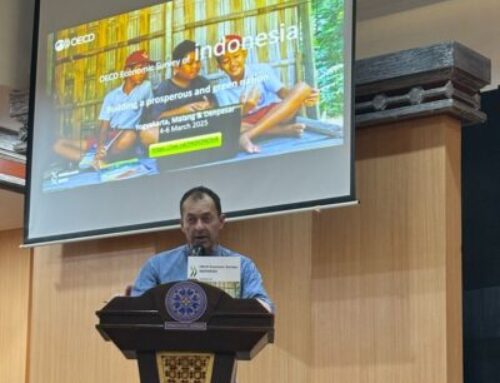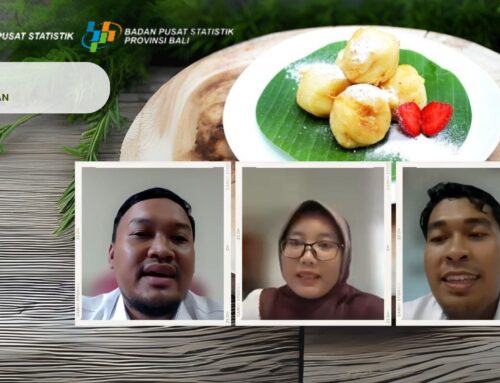FKP hosted by Lembaga Demografi Universitas Indonesia with Salut Muhidin (Macquarie University and Lembaga Demografi Universitas Indonesia). Thursday, 6 August 2020.
KEYPOINTS:
- A systematic literature revealed the vertical transmission potential of COVID-19 between mother and baby was found to be inconclusive as most of the studies report no evidence of transmission. The newborn babies were mostly in normal weight with only a few were underweight due to premature deliveries.
- More attention should be given to the unique needs of pregnant women. Proper and careful treatments should be applied and studies suggest that prompt admission of mothers in a negative pressure isolation unit is crucial and all medical staff should utilize personal protective equipment to avoid infection on the mother or the other way around. Pregnant mothers should avoid unnecessary travel, using public transport, or visiting crowded places to prevent infection. In critical cases, pregnancy can put the mother and fetus in danger and early termination may be necessary to avoid harm.
SUMMARY
- Severe Acute Respiratory Syndrome Coronavirus 2 (SARS-CoV-2) that causes COVID-19 is a new virus. The transmission is categorized as zoonotic which means they are transmitted between animals and people. Human to human transmission can happen through coughing and sneezing, close personal contact, and fetal contamination. Everyone is at risk of exposure whether they are male or female, young or old. The risk of getting infected is high in crowded areas, including in health facilities such as clinics and hospitals.
- A systematic review by Salut Muhidin tried to answer if there is any risk of vertical and perinatal transmission to a newborn baby from a mother who has tested positive for COVID-19 by a systematic review. The review was conducted up to April/May 2020 when the issue is still less known. This type of review is different from other types of reviews such as narrative, rapid, and scoping review since they generally only provide information gap or preliminary assessment rather than giving an answer to a research question. A systematic review requires a broad sample of literature. The novelty of a systematic review is in having something new to say rather than creating something new and the topic should be crucial and timely.
- The searching strategy is by using relevant databases from PubMed, Scopus, Embase, ProQuest, Science Direct, and also manually through other search engines. The studies are in English and translated local languages with the period of publication from December 2019 to March 2020. All studies with original data such as case reports, case series, descriptive studies, and randomized controlled trials are included. The search found 1472 studies of which 533 duplications and 928 irrelevant articles were excluded through Study Quality Assessment Tools (SQAT). Another two articles were excluded because of the lack of information on perinatal data of the patients and mother’s data was reported in another case series, leaving 9 studies to be included in the study. From the studies that are included, most of the mothers were 22-40 years old and they were all in the third trimester of their pregnancy. Only a few have symptoms and some of them have comorbidities. About 79 out of 86 deliveries were done by cesarean due to difficulty in breathing.
- The study found that vertical transmission potential of COVID-19 between mother and baby was inconclusive. Most of the studies report no evidence of transmission. The neonates outcomes were mostly in normal weight with only a few were underweight due to premature deliveries.
- More attention should be given to the unique needs of pregnant women. Proper and careful treatments should be applied and studies suggest that prompt admission of mothers in a negative pressure isolation unit is crucial. Also, all medical staff should utilize personal protective equipment to avoid infection on the mother or the other way around. In critical cases, pregnancy can put the mother and fetus in danger. Early termination is necessary to avoid harm. Lastly, all studies recommend pregnant mothers to avoid unnecessary travel, using public transport, or visiting crowded places to prevent them from getting infected.





